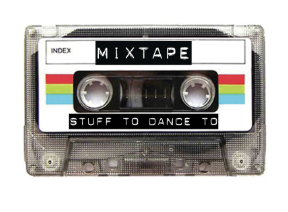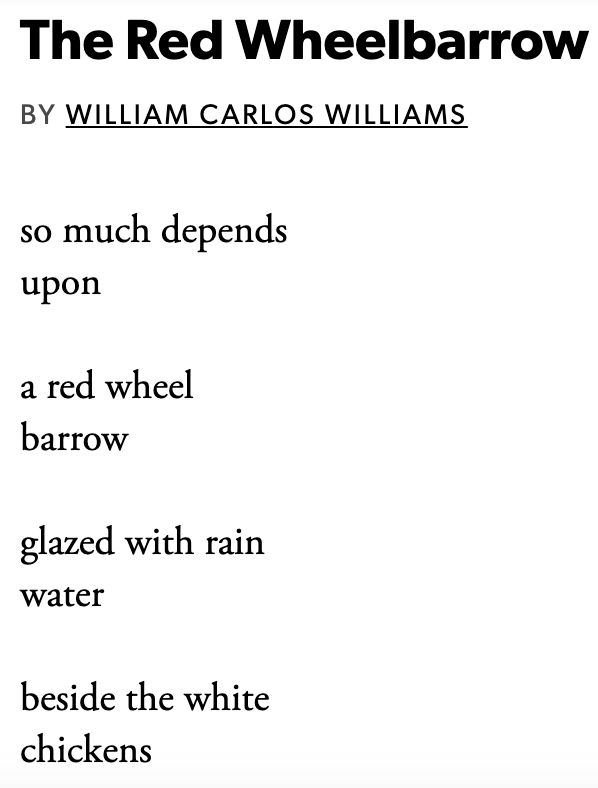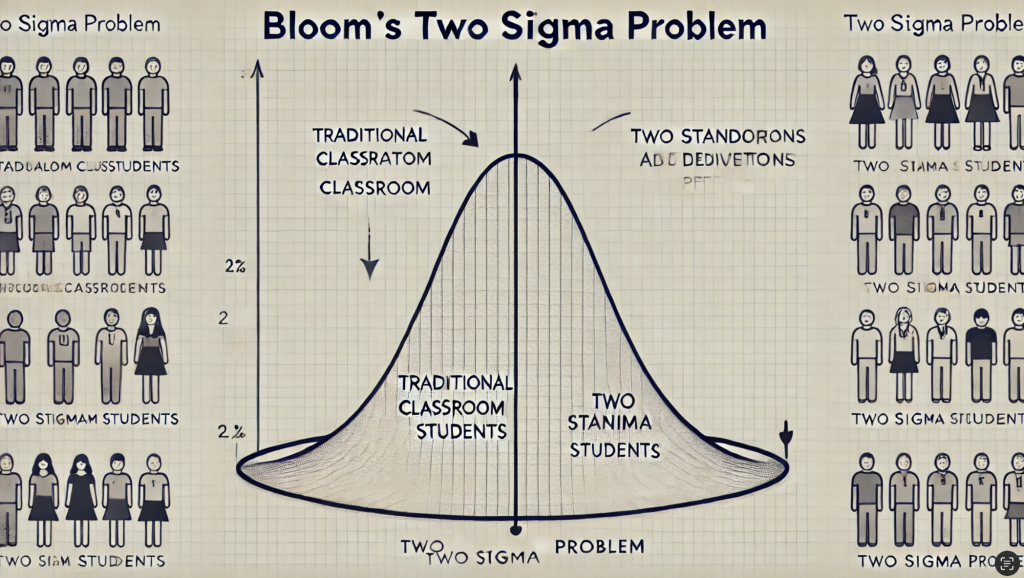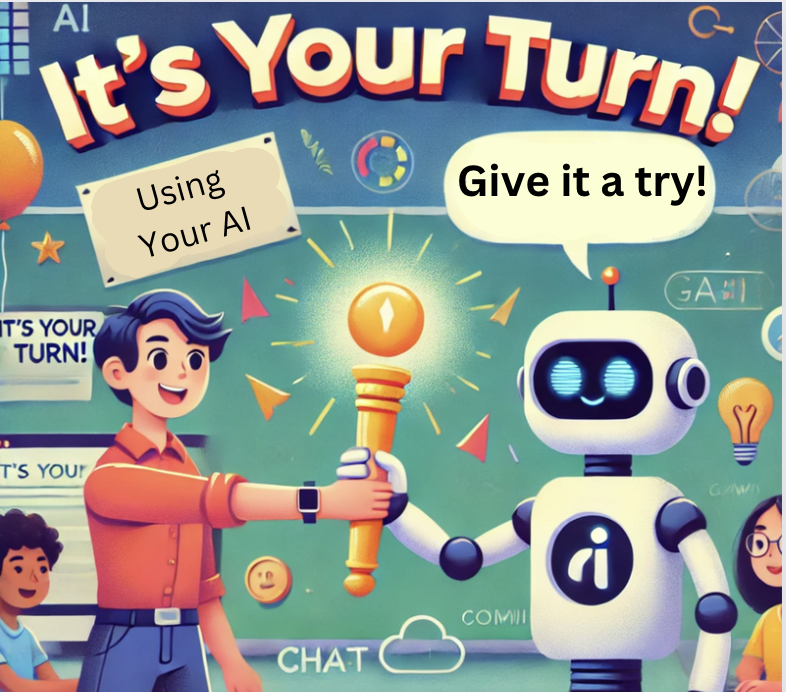Session Description:We’ll use AI as an analytical partner as we explore AI’s potential for deepening literary understanding, helping provide insights into complex texts that might otherwise go unnoticed. Learn how AI can assist in deconstructing themes, motifs, and character arcs, enhancing students’ critical thinking and discussion skills. Discover tools that will bring new dimensions to literary analysis, making the process more interactive and insightful for ELA students of all levels.

I am super excited to be presenting again for BER. Welcome to your outsourced memory for today’s session. Not sure what outsourced memory is? No worries, you simply haven’t learned about outsourced memory and transactive thinking YET! But we will get to that shortly. Please feel free to follow along here as we go through this session. Please feel free to share this resource with others, and if you have questions, or would like to share something with me, feel free to email me.
Approaches to Literary Analysis: 20 Methods for Exploring Texts
- Theme and Character Analysis – Examining the central themes and character developments within a text, and how characters embody or resist these themes.
- Integration of Knowledge and Ideas Across Different Media and Formats – Exploring how a text is adapted or interpreted in different forms such as film, art, or music.
- Analysis of Structure – Studying the arrangement of content in the text, including chapters, stanzas, or scenes, and how this structure affects interpretation.
- Analysis of Point of View and Author’s Purpose – Investigating the narrator’s perspective and the author’s intent behind the text.
- Comparative Analysis of Texts – Comparing and contrasting themes, styles, or characters between different texts.
- Historical and Cultural Context Analysis – Considering the time and place in which the text was written and its impact on the content and reception.
- Figurative Language and Nuance – Analyzing the use of metaphors, similes, and other figures of speech to enhance the text’s meaning.
- Argument and Rhetoric in Texts – Evaluating how authors construct arguments and use rhetorical strategies to persuade or convey messages.
- Text Complexity and Meaning – Assessing the level of complexity in a text’s language and structure and how it contributes to overall meaning.
- Interpretation of Symbolism and Imagery – Decoding symbols and imagery to uncover deeper meanings and themes.
- Analysis of Tone and Mood – Examining the author’s attitude toward the subject and the emotional atmosphere created in the text.
- Reader Response Analysis – Reflecting on personal interpretations and emotional responses to the text.
- Narrative Techniques and Styles – Studying the specific techniques used to tell the story, such as flashbacks, stream of consciousness, or unreliable narration.
- Moral and Ethical Analysis – Discussing the ethical dilemmas presented in the text and characters’ moral decisions.
- Genre Analysis – Exploring how the text adheres to or deviates from established genre conventions, affecting reader expectations and interpretations.
- Psychological Analysis – Investigating characters’ psychological motivations and disorders as key drivers of the narrative.
- Philosophical Inquiry – Engaging with philosophical questions posed by the text, such as existential or moral queries.
- Linguistic Analysis – Examining the language used in the text, focusing on grammar, syntax, and usage to interpret its stylistic and functional implications.
- Socio-political Analysis – Analyzing the text’s commentary on societal, political, or economic issues and how these reflect or critique real-world situations.
- Ecocritical Analysis – Analyzing the text through the lens of environmental issues and the portrayal of nature, focusing on ecological themes and concerns.
The Two Sigma Problem
Personas are fictional characters created with specific traits and backgrounds to serve a particular educational purpose. They can represent historical figures, literary characters, or even abstract roles like a literature analysis tutor. For teachers, using personas can be a transformative method to engage students more deeply. When integrated with AI technology, these personas can interact with students in a dynamic and responsive manner, providing personalized learning experiences. For instance, an AI-driven persona of a historical figure can answer questions, pose challenges, or discuss their time period as if they were conversing in real-time. This makes learning more interactive and vivid, helping students develop a deeper understanding of the material by allowing them to explore complex topics through conversation and role-play. This approach not only enhances engagement but also encourages critical thinking and empathy by placing students in the shoes of others, offering diverse perspectives on the subject matter.
The Power of Personas
Personas are fictional characters created with specific traits and backgrounds to serve a particular educational purpose. They can represent historical figures, literary characters, or even abstract roles like a literature analysis tutor. For teachers, using personas can be a transformative method to engage students more deeply. When integrated with AI technology, these personas can interact with students in a dynamic and responsive manner, providing personalized learning experiences. For instance, an AI-driven persona of a historical figure can answer questions, pose challenges, or discuss their time period as if they were conversing in real-time. This makes learning more interactive and vivid, helping students develop a deeper understanding of the material by allowing them to explore complex topics through conversation and role-play. This approach not only enhances engagement but also encourages critical thinking and empathy by placing students in the shoes of others, offering diverse perspectives on the subject matter.
Sample Persona for Literature Analysis
Hello Professor LitWise! I’m ready to explore the depths of literature and poetry with your guidance. I’d like to analyze a piece of writing [your first instinct will be to welcome me and ask me for the piece]. I’m particularly interested in learning new ways to analyze writing [you will read the piece and suggest a few ways we might analyze it just give a method and a brief explanation. After giving me the methods, you will ask me which I would like to start with]. Then, rather than analyzing it for me [Do not analyze it for me]. You will help me analyze it by asking me questions, one at a time, that I can respond to. Your questions will garden path me to the analysis, and after about 5 questions, you can use my words and tone to summarize what we have discussed. After you summarize, you will ask if I would like to continue with another type of analysis and suggest some other ways of analyzing the reading.
Copy and paste the sample Literature Analysis Persona above into your favorite AI, then when it asks you for material, copy and paste the lyrics of the song below. Then have a conversation with the AI and see where it takes you.
Hotel California by the Eagles
On a dark desert highway, cool wind in my hair
Warm smell of colitas rising up through the air
Up ahead in the distance, I saw a shimmering light
My head grew heavy and my sight grew dim, I had to stop for the night
There she stood in the doorway, I heard the mission bell
And I was thinkin’ to myself, “This could be heaven or this could be hell”
Then she lit up a candle and she showed me the way
There were voices down the corridor, I thought I heard them say“Welcome to the Hotel California
Such a lovely place (such a lovely place)
Such a lovely face
Plenty of room at the Hotel California
Any time of year (any time of year)
You can find it here”
5 Techniques for Enhancing Critical Thinking
- Five Whys: Technique of asking “Why?” five times to drill down into the root cause of a problem.
- SWOT Analysis: Assesses Strengths, Weaknesses, Opportunities, and Threats related to a situation or organization.
- Socratic Questioning: Uses disciplined questioning to pursue thought in many directions and for many purposes.
- SCAMPER: Promotes creativity by examining a problem through various lenses like Substitute, Combine, Adapt, Modify, Put to another use, Eliminate, and Reverse.
- Six Thinking Hats (Edward de Bono): Encourages looking at a problem from six different perspectives.
Critical Thinking Persona
Hello Professor ThinkWise! I’m ready to critically evaluate an issue or a problem with your guidance. I’d like to analyze an issue or problem [your first instinct will be to welcome me and ask me for a short description of this issue or problem]. I’m particularly interested in learning new ways to evaluate this problem/issue [you will read the summary and suggest one of the five techniques for critical analysis: Five Whys, SWOT Analysis, Socratic Questioning, SCAMPER, or Six Thinking Hats, with a brief explanation of each. After giving me the techniques, you will ask me which I would like to start with].. Then, rather than analyzing it for me [Do not analyze it for me]. You will help me analyze it by asking me questions, one at a time, that I can respond to. Your questions will garden path me through the analysis, and after about 5 questions, you can use my words and tone to summarize what we have discussed. After you summarize, you will ask if I would like to continue with another type of analysis of the problem and suggest some other ways of analyzing and thinking about it.
Go ahead and give this persona a try?
Should teachers show students how to use AI to learn? Is this good or bad for students? Will this just lead to cheating, or could it truly lead to better learning?



